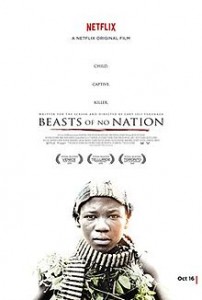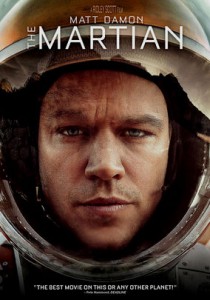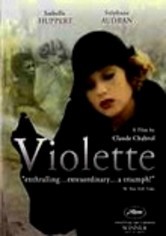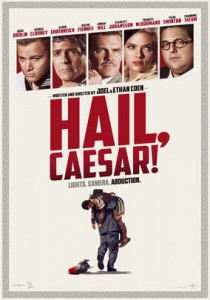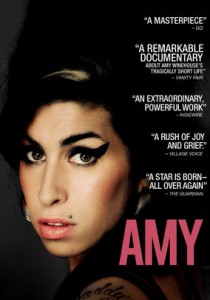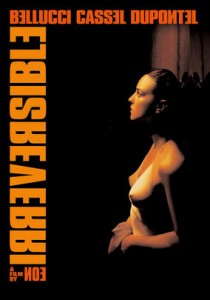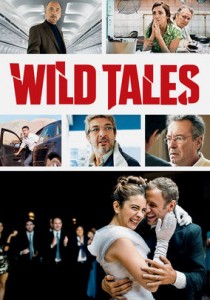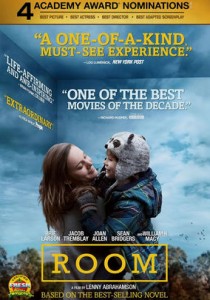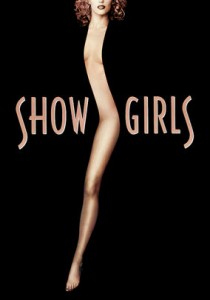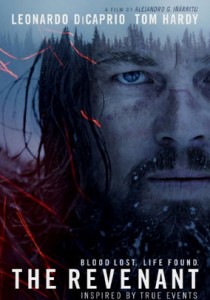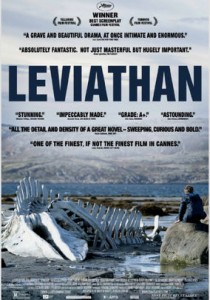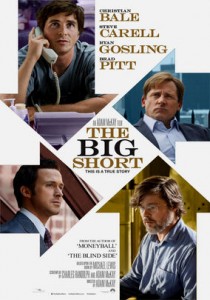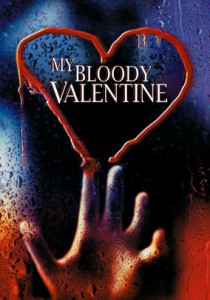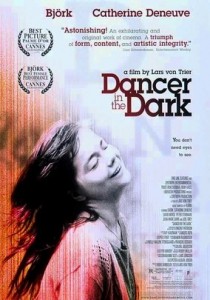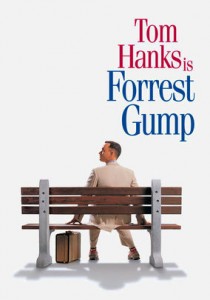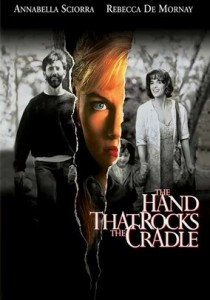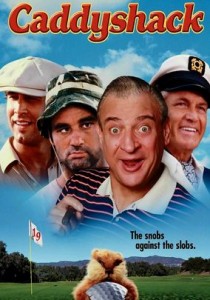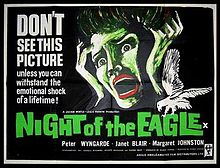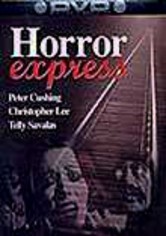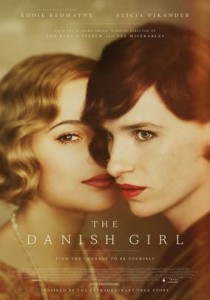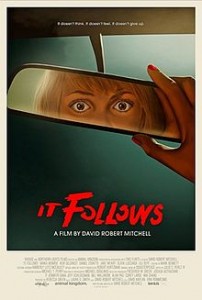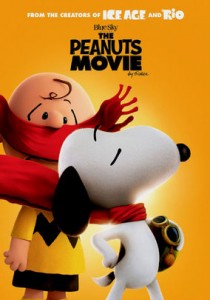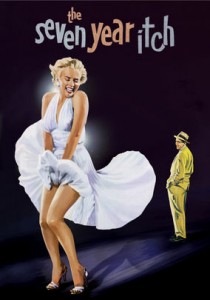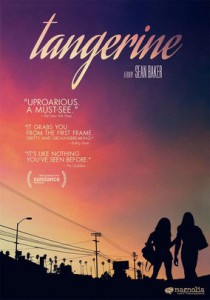Beasts of No Nation-2015
Director Cary Fukunaga
Starring Idris Elba, Ama Abebrese
Scott’s Review #380
Reviewed February 21, 2016
Grade: B+
Having been made aware of this film following the healthy number of independent film award nominations heaped upon it in 2015, Beasts of No Nation is a war drama, set in an unnamed West African country.
It tells of dire events from the perspective of a young boy, who has lost his family.
He is forced into a life of brutality and death, taken under the wing of a charismatic commander.
Beasts of No Nation is sometimes raw, sometimes gorgeous, but at all times thoughtful and a powerful telling of the devastation of human life, in a world very few can comprehend.
We first meet Agu (approximately aged eight or nine), wonderfully played by unknown child actor Abraham Attah, during happy times.
He plays with his childhood chums and adores his older brother who is attempting to woo a pretty girl. His father is a leader and the family lives in a small village protected by troops.
They allow refugees in for care.
Their country is in a civil war, but the family happily survives and makes a life for themselves, sharing meals. Suddenly, the government has fallen and rebels seize the area.
Soon, Agu’s family is gone, leaving him alone and scared.
His world turns upside down, he becomes involved with a militia commandant, played by Idris Elba, and a fellow child soldier named Strika, who takes him in.
The film belongs to two actors, Attah and Elba, though all actors perform their roles with precision. The relationship between the characters is interesting and complex, like a father/son mixed with mentor/protégé, and is the most compelling part of the film.
The commander is a father figure to Agu. He sees a warrior in him, taking him under his wing, feeding, and caring for him. He is never violent or abusive towards Agu and in one powerful scene, Agu is sodomized ( mostly off-screen yet very much implied) and Agu seeks comfort in his best friend Strika, who has also met the same actions prior.
One cannot help but think sexual assaults like this are perceived and handled differently in Africa.
Rape is a subject that comes up numerous times in the film, mostly against women.
I noticed throughout the film the beauty of the cinematography as most scenes are set outside. Lush, green forests and the villages are tranquil and beautiful, contrasting starkly with the violence.
Agu does some terrible things- in one brutal scene an innocent student is hacked to bits by Agu and Strika at the commander’s coaching as a sort of initiation.
Agu sees the student as responsible for his family’s fates and goes berserk.
Agu then tearfully mistakes a village woman for his mother and angrily shoots her dead as she is being raped by his cohorts. The film is not soft and contains lots of violence. But again, this is a world unknown to most viewers.
At times we despise Agu and the violent rage he emits, but then we remember he is a young boy being turned into a warrior by savages.
He talks to God and his mother and knows what he does (and what is happening to his country) is wrong.
I would have liked to have learned more background about Elba’s character. What makes him tick? Has he lost loved ones long ago as Agu has?
I surmised that the answer is yes. He is brutal, but a calm, calculating, thoughtful man, but one that is in control at all times.
As war rages on Agu and his fellow tribe question what they are doing. Such smarts for a young boy and the audience admires his views. He is intellectual and worldly way beyond his years.
That is what makes Beasts of No Nation a compelling character study. I more than once thought that I had seen this type of film before (Last King of Scotland, 2006, comes to mind in recent times), but never to the extent of what a character-driven story it was, especially in the eyes of a child.
Beasts of No Nation (2015) takes the viewer to an unpleasant world of brutality and a world where there is no rule book. We are exposed to a once innocent child’s experiences and conflicted feelings in the face of danger and heartbreak, and learn its complications.
Independent Spirit Award Nominations: 2 wins-Best Feature, Best Director-Cary Joji Fukunaga, Best Male Lead-Abraham Attah (won), Best Supporting Male-Idris Elba (won), Best Cinematography
